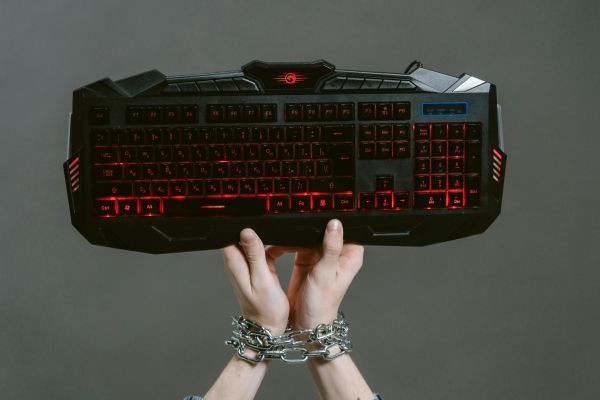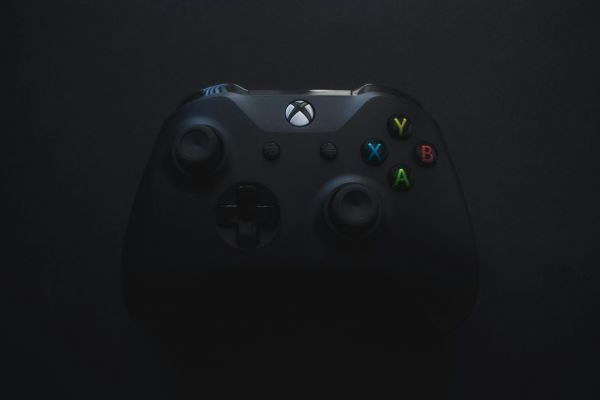Video game controllers have a history as interesting as the technological evolution of the activity itself, being a wellspring of entertainment over the years.
07/22/25 • 413 Views
Video game controllers have a history as interesting as the technological evolution of the activity itself, being a wellspring of entertainment over the years. While originally there were just joysticks and buttons in the early days of the 1970s, today controllers are stylishly haptic-feedback devices in use.
Early Days: Joysticks and Buttons
The first video game controllers were simple yet revolutionary. Early 1970s consoles like the Magnavox Odyssey introduced paddle controllers to the world. A few years later, the legendary Atari 2600 joystick emerged in 1977 with one stick and one button. Though they look quite primitive compared to the ones today, they did provide gamers with their first taste of interactive entertainment.
In the 1980s, arcade machines started to be introduced with innovative joysticks combined with several buttons to offer more complex games. Games such as Pac-Man and Street Fighter demonstrated how intuitive controls could enhance user engagement. These ideas form the basis of home console controllers.
Gamepads Gain Popularity
Gamepads were introduced in the 1980s and 1990s, and this was a major turning point. Nintendo's NES controller, launched in 1983, introduced the now-standard D-pad, A, B buttons, and a rectangular design. This controller became a template for future devices, influencing the evolution of gaming hardware.
With the competition on, Sega and Sony came up with special gamepad designs. The six-button layout was mainly geared toward fighting games on Sega Genesis controllers. Then, in 1994, PlayStation by Sony came up with shoulder buttons that allowed for 3D navigation over games like Crash Bandicoot.
Analog Sticks and Vibration
Analogs were developed in the mid-1990s, and this was actually a response to the innovation by Nintendo for its N64 controller. As 3D games hit the market, analogs provided smooth control and great precision-the real necessity to titles such as Super Mario 64. Sony responded with the DualShock in 1997, featuring dual analog sticks and vibration feedback. This added depth to the game as it permitted players to "feel" actions of the game: an explosion or a car crash.
Wireless Freedom and Motion Control
The general use of wireless controllers had been foreseen through the 2000s. Microsoft's Xbox 360 and the DualShock 3 of Sony have done away with the use of wires, giving a player more space for maneuvering, and also offering more comfort to him as he plays. Again, innovation comes from Nintendo when they launch Wii Remote in 2006 for more introduction of motion control. The players would swing their arms as they did their tennis rackets or golf clubs to hit the shots.
Haptic Feedback and Adaptive Triggers
Nowadays, controllers come more sophisticated. For instance, hardware such as the Sony DualSense for the PlayStation 5 offers haptic feedback with finer vibrations that closely mimic in-game sensations, such as a stretched bowstring, and adaptive triggers that can provide realism through resistance varying based on the actions of the player.
Conclusion: The Future of Game Controllers
It would be quite easy to predict that with the passage of time, technology will continue to advance, and controllers would be designed to be much more immersive in the future. Emerging trends could be eye-tracking, biometric sensors, or even augmented reality for the control mechanisms of games, and integration with AI could provide controllers that automatically change to adjust dynamically to the playing preferences of a player.
The evolution of controllers in games has stood as a testimony to human ingenuity and a drive for making interactivity the best. Starting from joysticks to haptics, controllers have transformed the face of gaming into an art form that can actually bring the virtual world closer to reality. This journey is far from over and promises even more interesting innovations in years to come.
You can also visit site for read interesting novel novelweb.in









